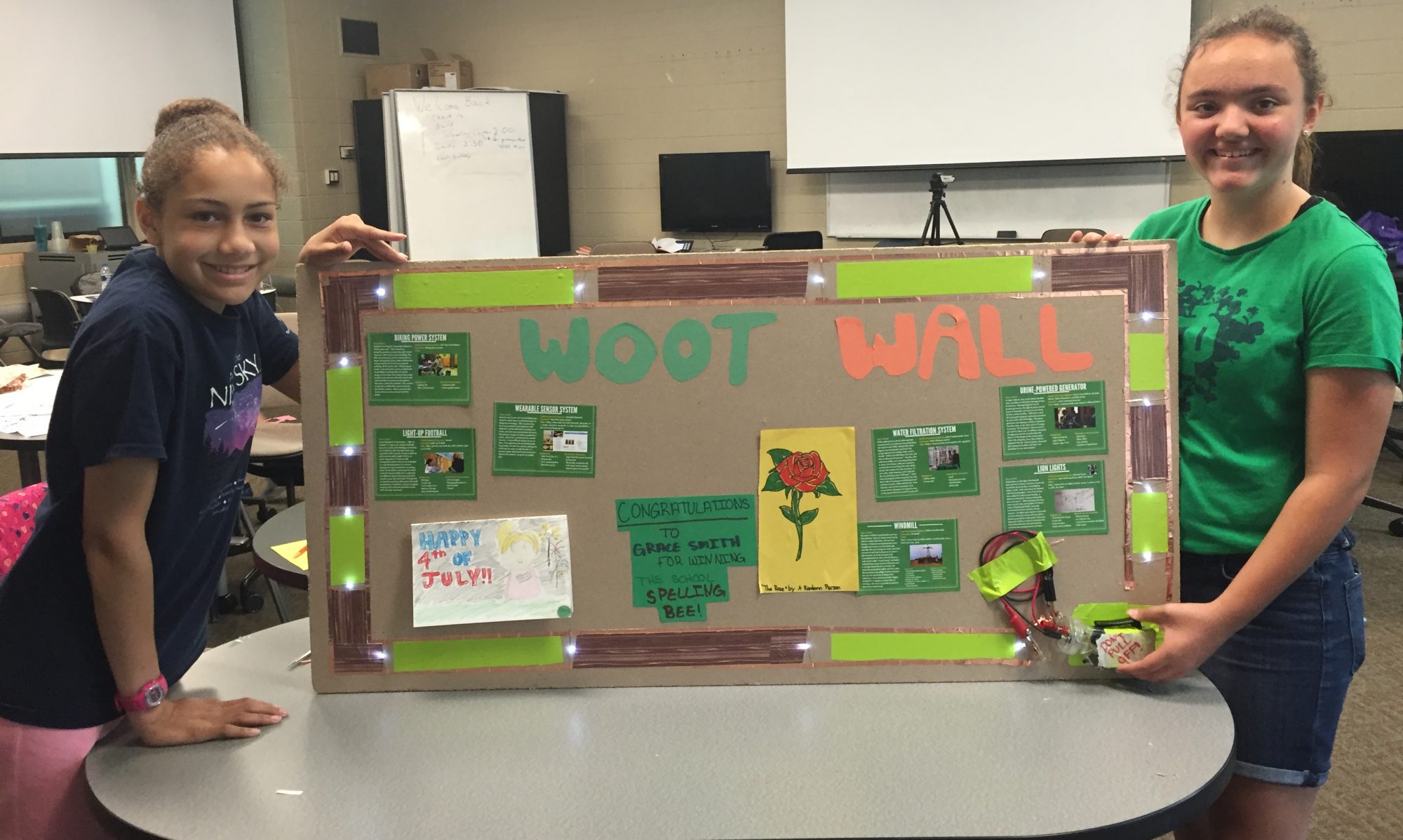Engineering for Sustainable Community
Engineering for sustainable communities is an approach to engineering that values learning and doing engineering in participation with community. Four core principles guide this perspective:
- Communities’ perspectives matter in design
- Balances technical dimensions with community needs
- Helps others now and in the future
- Minimizes negative environmental impacts
The principles help teachers to navigate from a topic (e.g. alternative energy) to a problem space where students can develop realistic and testable tools based upon current knowledge, empirical investigation of technical and social dimensions, and operational constraints and specifications (e.g., What devices, powered by alternative energy, can I build to get me to my friend’s house when my parents cannot take me?).
How is it distinctive?
Engineering for sustainable communities challenges and expands what it means to be an engineer, connecting engineering practice to communities. In addition to focusing on the technical problem-solving dimensions of engineering, engineering for sustainable communities also focuses on the needs and rights of communities.
Engineering for sustainable communities includes community-based forms of research as part of the design process. It requires engineers to ask, “Who is the project for? Whose knowledge counts? Who takes part in problem definition, data collection, and analysis? Who takes action?”(NRC, 2010, p. 8).
Teaching engineering for sustainable communities asks teachers and students to consider both the technical challenge of design as well as how problems and solutions defined, adapted, and optimized in response to community needs and concerns. This requires an approach to engineering that moves beyond traditional STEM content and practice to incorporate the social dimensions of problems and solutions. We integrate community ethnography across the engineering design cycle to support youth in high quality engineering for sustainable communities.
Stephen’s Football: An Example
- Football Vignette
- Sketch Up
- Teacher Reflections


